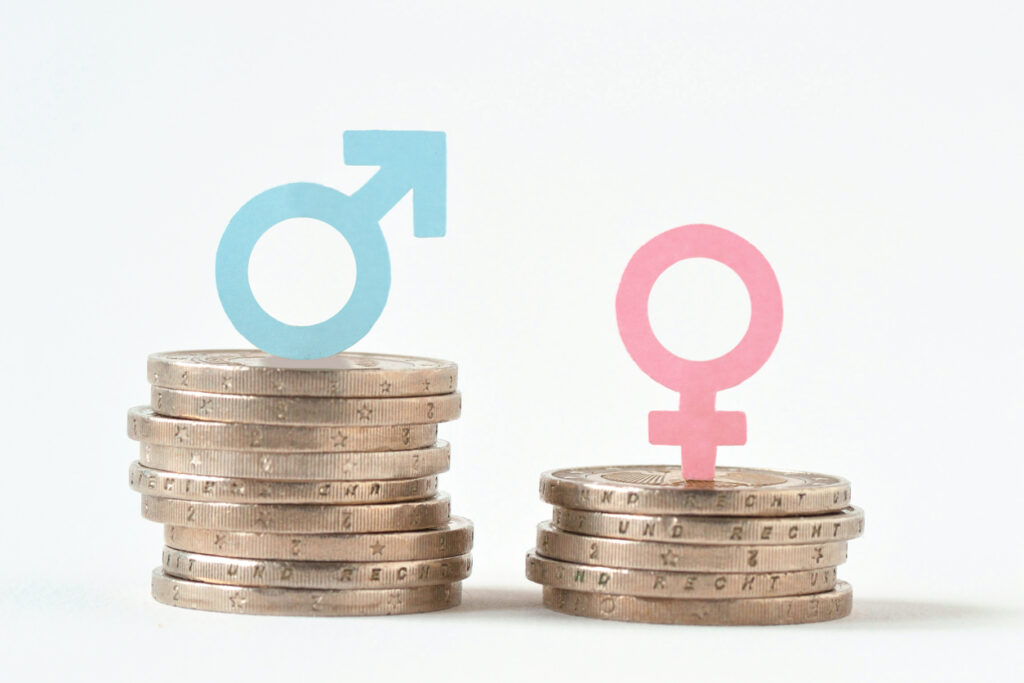Ignore the gender pay gap at your peril – organisations that aren’t addressing this are falling behind. It’s time for HR to stop paying lip service and start creating true, systemic change.
This April, more than ten thousand large firms provided details of their gender pay gap. Three quarters of them, it turns out, pay men more than women.
What can be done? An organisation under pressure to redress the balance might feel tempted to throw money at the problem, by recruiting women directly into senior roles, for example.
This would be a very expensive mistake; you can’t create inclusion in a single action. Women already inside that business might doubt their chances of earning promotion to high levels, and a lot of high value talent could look for jobs elsewhere, demoralised and dissatisfied, and possibly even critical of the brand.
Organisations who are truly working to close the gender pay gap understand that there’s no short-term fix. To retain and develop female talent at all levels of a business, it takes a cultural change.
Systemic change
How do you start to create a more inclusive culture? Guesswork and quick fixes don’t work. When you intervene, you first need to address the structural barriers to gender equity in your particular organisation.
After all, if you don’t plan to challenge the system that created the gender pay gap in the first place, why invest at all?
Here are some places to start:
Run a gender health check
It’s easy to list the most common barriers to the retention and development of women, but that’s only a general picture, and those barriers can vary from business to business.
To prove to the sceptics that gender inequality hurts their bottom line, you need data. Get a sense of the gender balance in your organisation.
Combine talent pipeline data with engagement survey results and don’t neglect the anecdotes that women share in private.
Run an ‘audit’ of key practices
Assess if they’re working fairly and inclusively. Dig deep, at all levels, to figure out what is serving women well and what is not.
Don’t keep the work confined to some specialised team – involve the end users, from line managers to staff members in gender pay gap reporting. Get the human picture. Perfect practices often fall apart when imperfect human beings are the ones in charge.
Set the tone at the top
In our deep diagnostic work for large organisations, we often find inconsistent attitudes among the many leaders and managers. So, where individual leaders aren’t yet thinking in terms of inclusion, help them to understand why it matters.
Today, the world is watching. Every organisation needs a strong narrative about what they’re doing to foster progress.
Inclusivity is part of the brand, and crucial to good commercial sense. Any leader needs to ask themselves what they can do personally to help it flourish. Ask hard questions and encourage others to ask them of themselves. For instance:
- Are you a role model for inclusive behaviour?
- Do you actively sponsor women?
- Do you challenge decisions made in your organisation when they risk excluding women?
- Do you operate listening sessions, so that you understand the key factors that leave women demoralised or disengaged?
Data-backed discussion
Inclusion doesn’t come naturally. To create it, you need to make people feel that it’s safe to speak up. You then need to listen openly and without judgment.
Men are more likely to engage in conversations about gender equality if they feel included, rather than judged or isolated.
Shared experience is a good place to start: most people have felt excluded from something that was important to them and discussing these common experiences can help men to understand how their professional experience differs from women’s.
Hard data can dispel myths about inclusion – like the old idea that women are ‘less ambitious’ – and this myth busting can spark new conversations.
Recognising role models
The idea of supporting and developing women with equal energy and focus should be seen as normal, not heroic. Still, we aren’t there yet and until we are, organisations should recognise men who step up.
By rewarding role models, you send a clear message that inclusion is important to your business. It shouldn’t just be a matter of rewards, but one of oversight too.
Recognise and reward leaders who are moving the gender equity dial, but be sure to challenge and limit the opportunities of those who won’t meet their responsibilities.
Today, the world is watching. Every organisation needs a strong narrative about what they’re doing to foster progress.
Until we start talking about inclusion in this way, any increase in diversity will be short-lived – and that’s not good enough. Permanent change is what we all need.
Just look at the outcry following the gender pay gap results; the perception and reputation of any business can be transformed by the efforts they do or don’t make to help women in the workplace.
If an organisation gets it right, women will feel positive about the opportunities they’ve been given. They’re liable to go and tell others about that, not just internally but externally too. With just a little effort towards gender equity, you can give a positive glow to your brand.
Engagement is the foundation for creating inclusion
In the end, inclusion has to be central to any conversation about diversity. Without inclusive practices, you can’t attract or maintain diverse talent, and the talent you have becomes disengaged.
In my own work, I’ve learnt never to assume that I know what someone else is experiencing. I need to make it safe for people to speak up, and then I need to listen openly and without judgment. I have to be eager to invest time and thought into helping them progress – and to make that eagerness clear. This engagement, for me, is the foundation for creating inclusion.
Until we start talking about inclusion in this way, any increase in diversity will be short-lived – and that’s not good enough. Permanent change is what we all need.
There are leaders who feel that ‘doing the right thing’ is not a strong enough argument for action. Let’s not be shy about giving them the facts.
Time and time again, I work with senior men in large organisations who say the same thing to me: their highest performing teams are the ones with a good gender balance. There are now several long-term studies to back them up.
To put it simply, gender equality is just good business sense.
Interested in this topic? Read Closing the gender pay gap: what HR is doing wrong.






